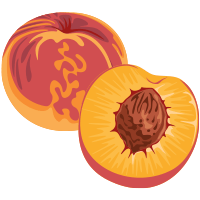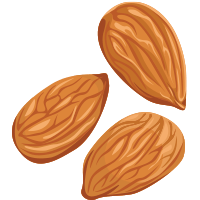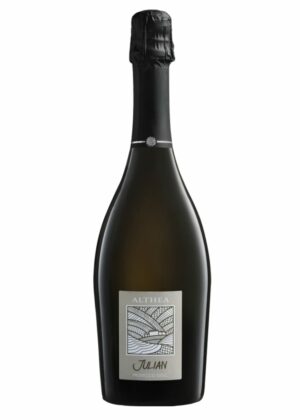In 2021, Louis Roederer decided to replace one of the house’s most famous champagnes, Brut Premier, with the new Collection. The key motivation behind this move was the desire to further elevate the quality and character of their champagne, thereby cementing their position as a producer of one of the market’s very best non-vintage champagnes. Collection 245 refers to the fact that it is primarily based on the 2020 vintage, which marks the 245th harvest at Louis Roederer.
As mentioned, Collection 245 is mainly based on the 2020 vintage (55%, of which 22% underwent malolactic fermentation). “Reserve wines aged in oak” account for 10% (from six different oak-aged vintages – 2010, 2013, 2015, 2017, 2018, 2019), while the “Perpetual Reserve” makes up 35%. The Perpetual Reserve is a wine held in tank, established in 2012, where each year new wine from the current vintage (2020 for 245) is added in the same quantity as the amount used that year. This unique complexity ensures that the Collection maintains a high degree of stylistic and qualitative continuity, while adding even greater richness and character. Collection is bottle-fermented and aged for a minimum of three years, and the dosage – the final sugar addition – is 7g/l.
Collection 245 is composed of 41% Chardonnay, 35% Pinot Noir, and 24% Pinot Meunier, sourced from various parcels, with one-third from each of Champagne’s top regions: Vallée de la Marne, Montagne de Reims, and Côte des Blancs. Chardonnay brings delicate aromas of ripe nectarines and apricots, as well as creamy, exotic notes. Pinot Noir and Pinot Meunier provide structure, dryness, and a delightful crispness. Subtle nuances of citrus, vanilla, salted almonds, and toasted bread emerge on the finish, which concludes with a fresh, slightly salty mineral touch. Thanks to its freshness and finesse, the wine is perfect as an aperitif but also an excellent companion to food.
Champagne Louis Roederer enjoys a uniquely privileged position, owning 214 hectares of Champagne’s finest vineyards and being almost entirely self-sufficient in grapes. The vineyards are fairly evenly distributed across Champagne’s three top regions – Montagne de Reims, Vallée de la Marne, and Côte des Blancs – covering 80–85% of Louis Roederer’s total grape needs. 97% of the vineyards are classified as Grand Cru or Premier Cru, and the same prestigious standard applies to the vineyards in Bouzy and Ambonnay, where the house sources the remaining grapes.
For many years, Louis Roederer has gradually adapted its production to the most sustainable principles, including organic and biodynamic farming. The estate has already achieved DEMETER certification (for biodynamic cultivation) for the vineyards producing grapes for its prestigious Cristal cuvée. Starting with the 2021 vintage, an additional 115 hectares have been organically certified, with the remaining vineyards set to follow.
Champagne Louis Roederer has long been at the very pinnacle of Champagne production, and today few houses enjoy greater prestige than Louis Roederer.




